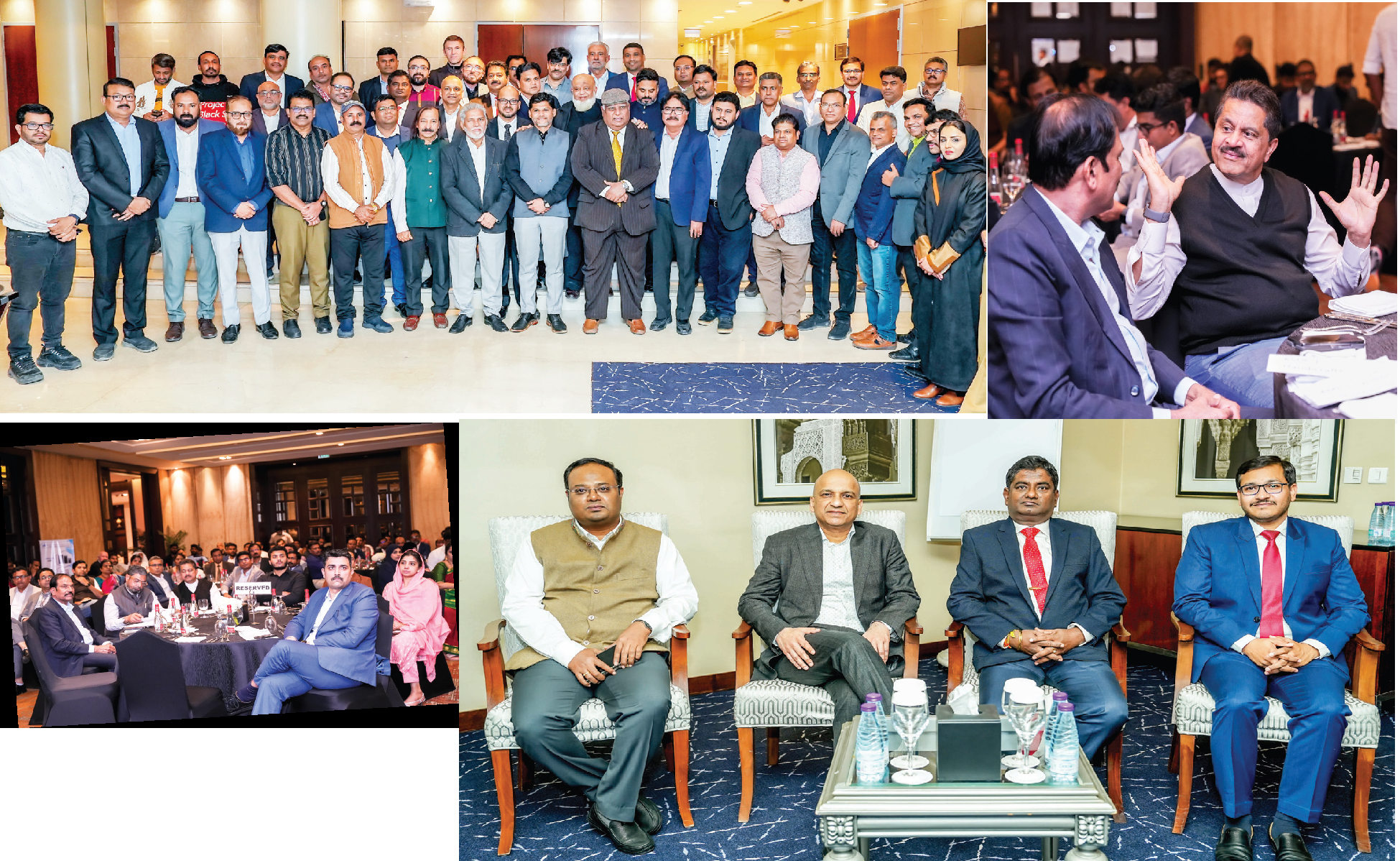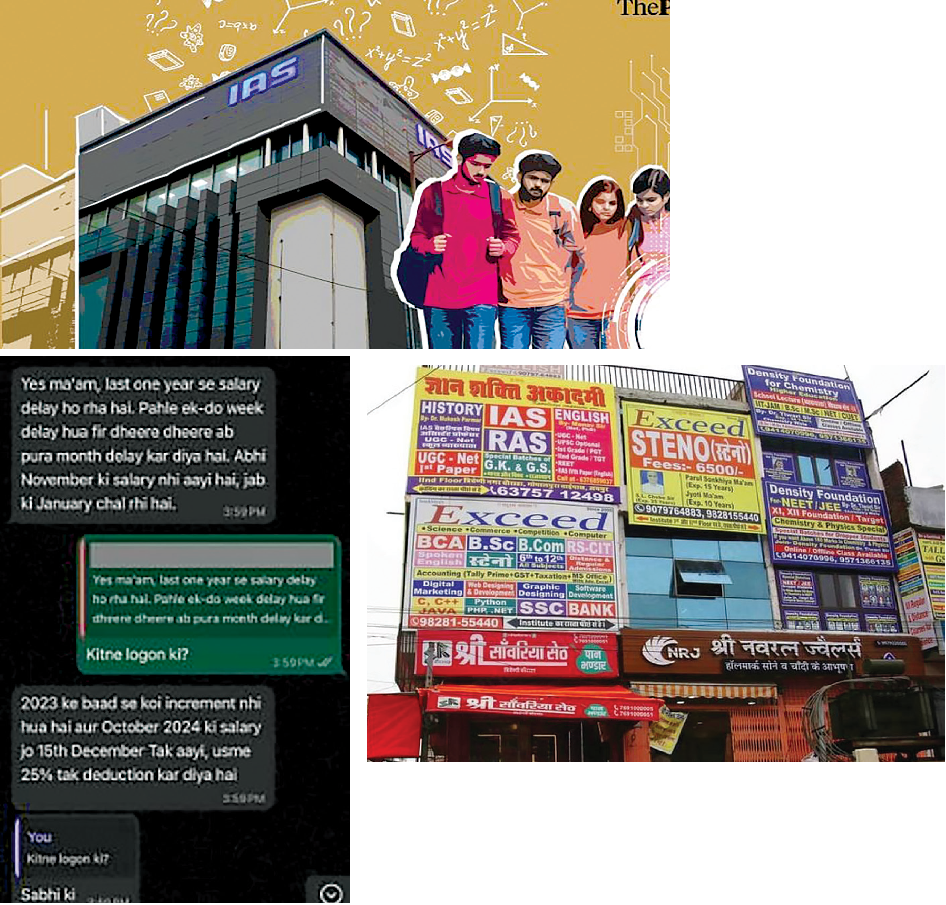
Equity, Accessibility, Linguistic Diversity Issues Not Addressed
Ifra Rameen Fathima
The Indian Education system is grounded in the traditional rote learning while the modern world demands a rational mind which is adequately equipped with memory, analytical capacity, ability to infer and deduce.
But children are made to mug up lessons and regurgitate it during exams. Thus except memory, all other mental faculties remain undeveloped and unused.
As for higher education, the new pattern dictates its orientation towards serving the corporates. One could not have imagined that the India of Savitri Bai Phule and Fatima Sheikh would stoop to this level.
Higher education in India is based on analytics rather than rote learning, which itself is surprising because a mind that was fed with rote learning since pre-school is now asked to compete based on what he/she does not have an idea of.
Varsha an educator, and an activist from Bengaluru, talks about the element of ‘prestige’ in Indian education system, “It's very clear that not only is there a vast divide in the availability of resources across different organizations, but that resources are hoarded at only a few institutions which serve the vested interests of people who wield power and influence.
The alumni from such ‘prestigious institutions’ themselves become a pressure group and thereby promote the interest of the elite. Take the example of CLAT (Common Law Admission Test), a written exam held across the nation for students who wish to get into the India's most prestigious National Law school or colleges.
The problem starts with the language gap. It is conducted only in English, not in any other regional languages. If linguistic survey is to be believed, only 10.6% of Indians spoke English and only 0.02% of Indians spoke English as their First Language.
All it means is that the students who will enter these law schools would be from the elite and privileged classes. The problem doesn't end there. According to a report by IDIA (Increasing Diversity by Increasing Access to Legal Education) more than 85% who made it to National Law Universities through CLAT were Hindus.
Of them, more than 30% belonged to the dominant Hindu castes, while only 4% came from among Muslims who represent 14% of the population.
A survey in 2014 found that nearly 80% of students took coaching for this test (i.e., CLAT) paid Rs. one lakh and above, for coaching for these exam. This is something among the middle classes can afford, let alone the low-income groups.
In March 2020, The University Grants Commission (UGC) announced that Common University Entrance Test (CUET) will be mandatory for all the undergrad students seeking admissions in Central Universities.
Earlier each university had its own way of evaluating students, but now the central universities will have to evaluate students based on their CUET score.
As many as 86 universities participated in CUET in 2022. This includes 43 Central Universities, 12 deemed universities, and 18 private universities across India. All this only leads to the corporatization of the higher education.
The coaching centres are mostly run by these corporate houses. It leaves hardly any scope for middle classes to afford expensive coaching. Their dreams remain unrealized.
Shalom Gauri, a member of the coordinating unit of Collective says it is how CUET paves the way for the corporate coaching industry. Corporatisation trend is not exclusive to merely Law universities. It is all-pervasive.
Coaching, competitive exams, universalization of English are common features across all kinds of competitive exams. In order to address such issues, the Government of India introduced National Education Policy 2020, a highly debated document in recent times.
The Policy is the successor to the National Education Policy of 1989, hence it was met with excitement that new developments were to be added in the education system after two decades.
It was was met with both appreciation and criticism. The NEP 2020 talks about multilingualism, and how a student can be taught well in his/her mother language.
The report observes: “It is well understood that young children learn and grasp concepts more quickly in their home language/ mother tongue. Home language is usually the same language as the mother tongue or that which is spoken by local communities.”
There shall be a three level language system built including Sanskrit, mother tongue languages and foreign languages. The problem arises when it is unclear to determine which mother tongue languages will be included in a linguistically diverse India.
The NEP also recommends the medium of instruction in schools till Grade 5, or preferably till Grade 8 to be the “Home Language/Mother Tongue/ Local Language/ regio
 English daily published in Bengaluru & Doha
English daily published in Bengaluru & Doha






